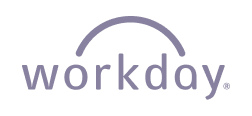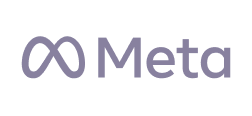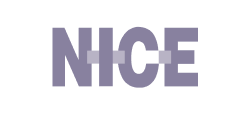Best B2B Pitch Deck Examples by Top Startups (+Templates)
Explore the best B2B pitch decks by real-life startups in different industries. Get customizable templates built based on best practices to make your own.


Explore the best B2B pitch decks by real-life startups in different industries. Get customizable templates built based on best practices to make your own.
Short answer
A strong B2B pitch deck answers the key questions investors and decision-makers care about—what problem you solve, why it matters, and how you’ll make money. It’s visual, data-driven, and structured to keep attention. Every slide should serve a purpose and drive the story forward.
NOTE: This blog post will feature pitch decks created to look for investors for your business venture. If you’re looking for B2B sales pitch decks to attract new clients, we’ve got a blog post with the best sales deck examples.
And, if you’re looking for pitch deck tips, we’ve also got a guide on how to make a pitch deck to get funded.
Stop losing opportunities to ineffective presentations.
Your new amazing deck is one click away!






